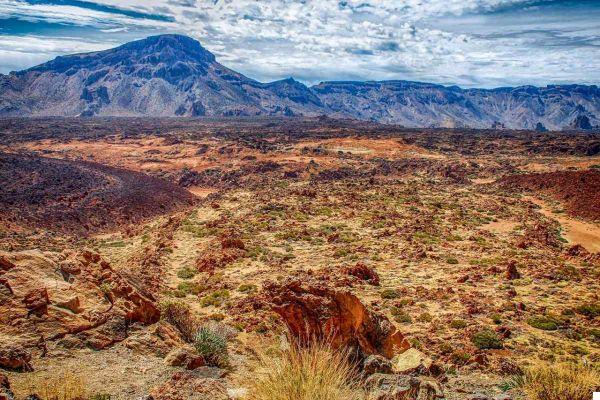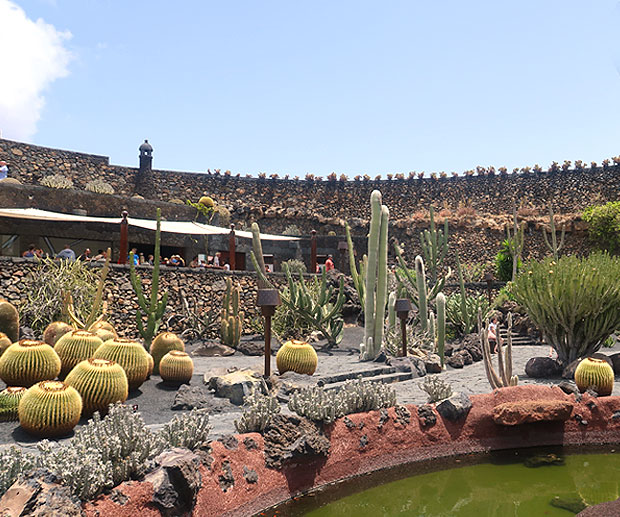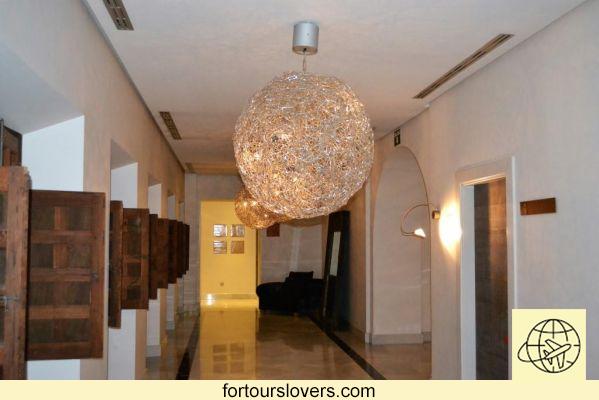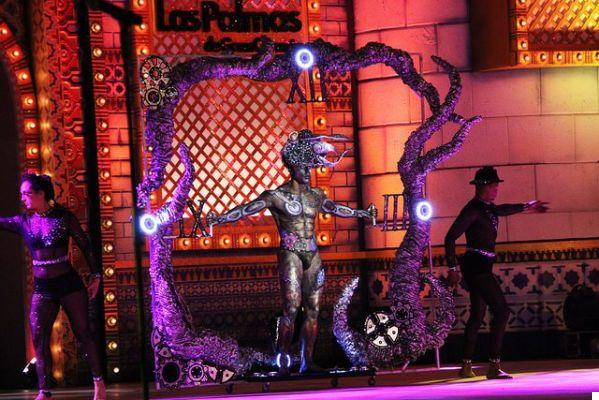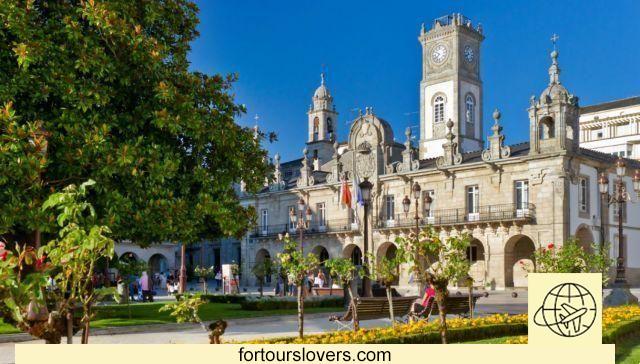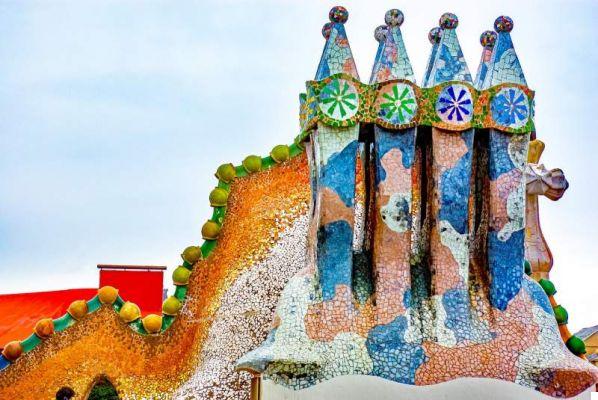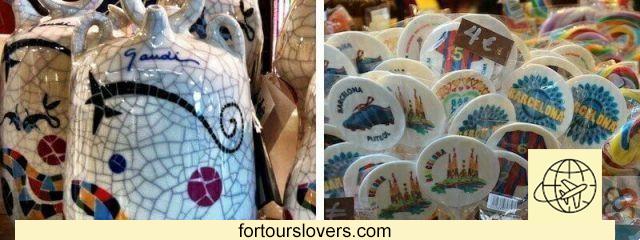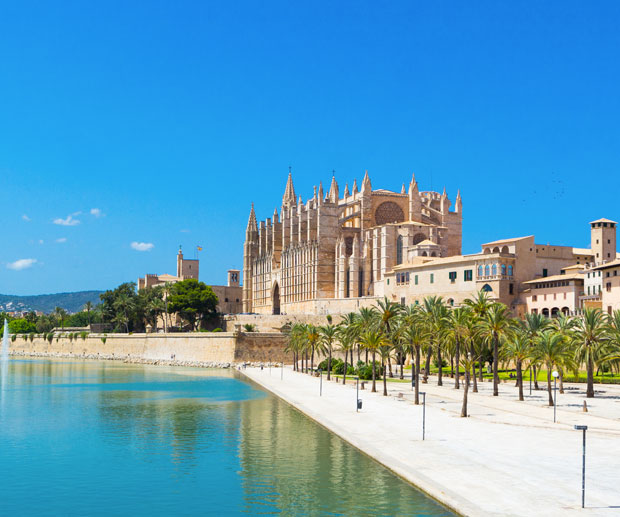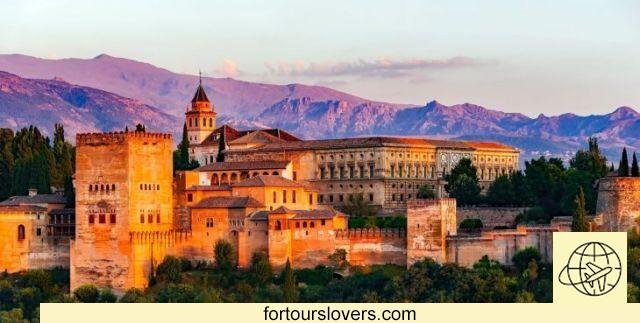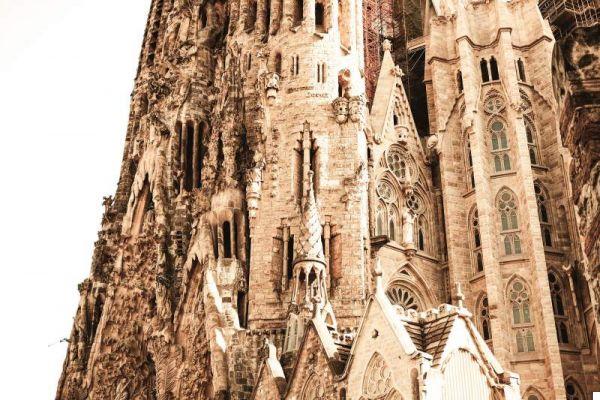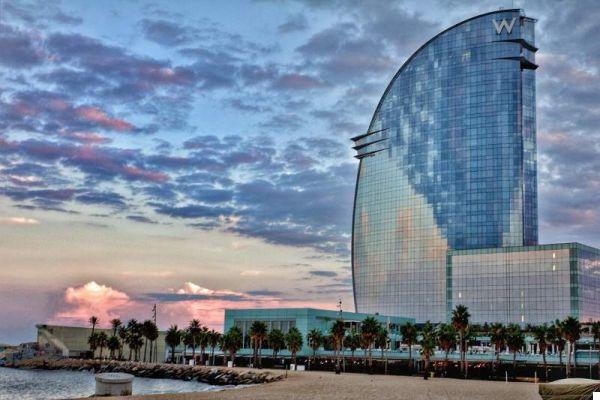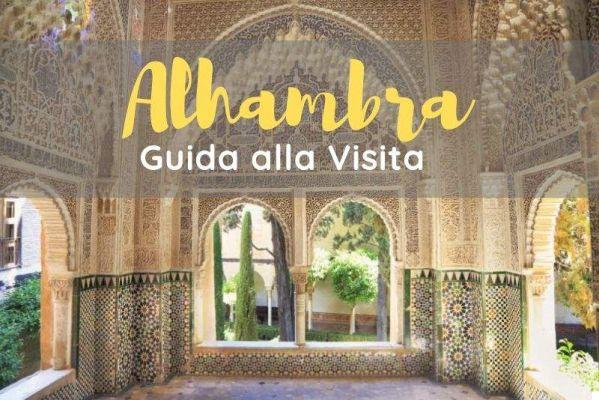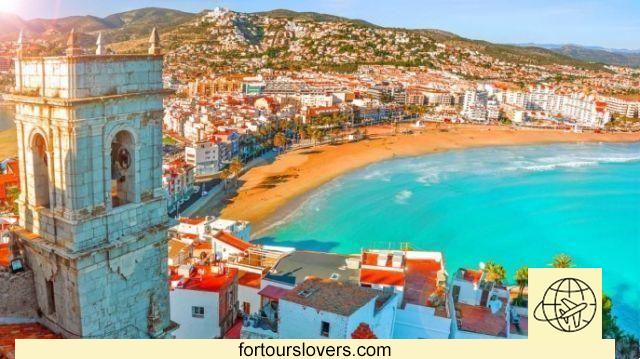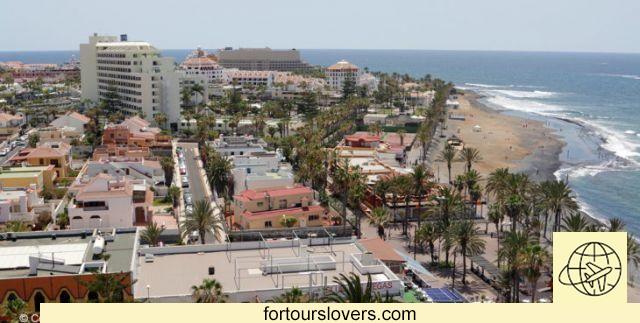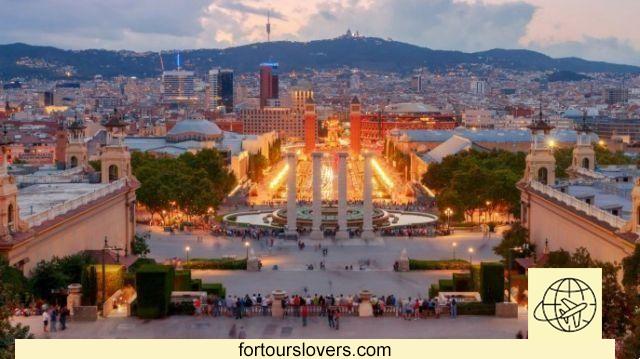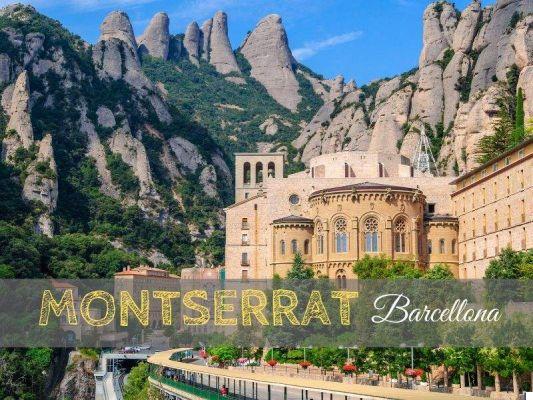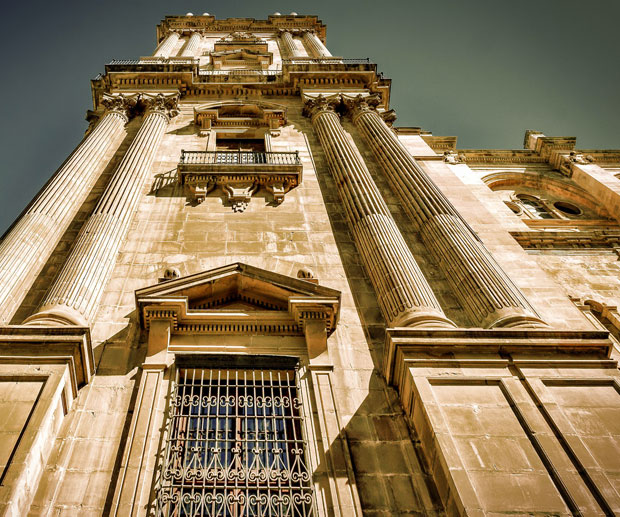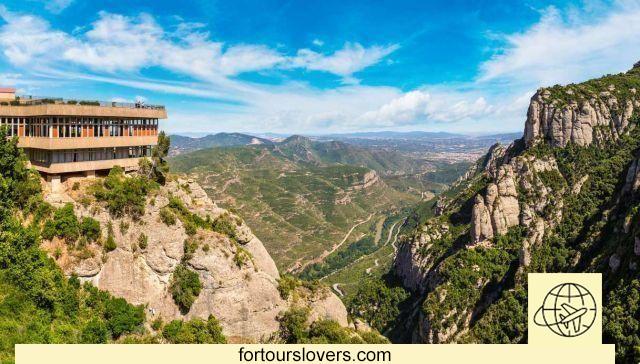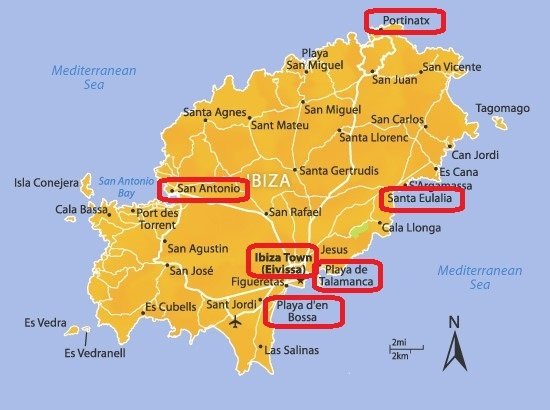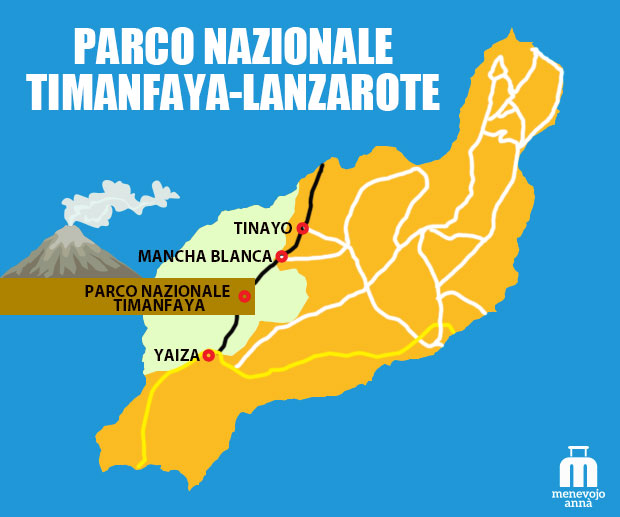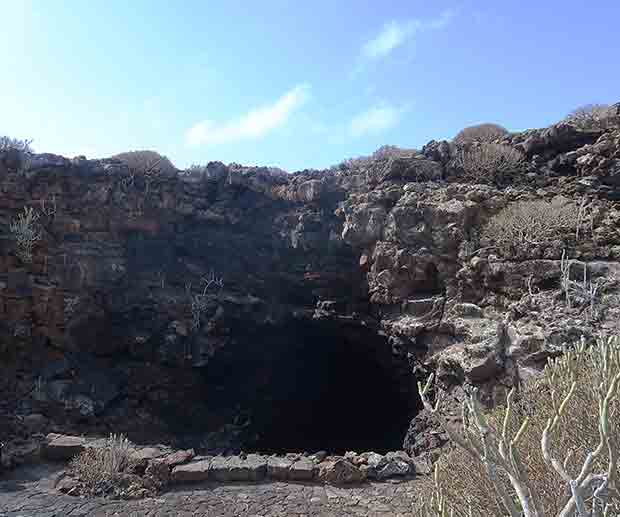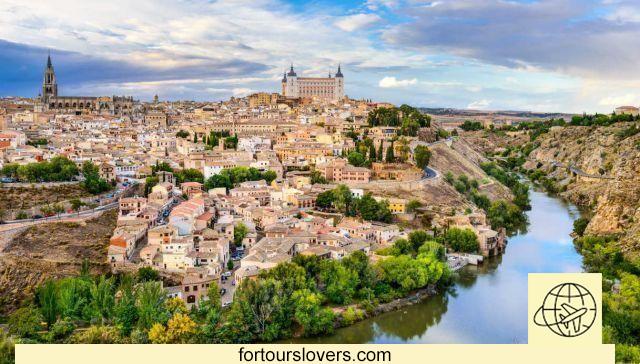
A day in the historic center of Toledo, a walk to discover the history and the most important monuments of this beautiful Spanish city
Toledo It is the capital of the autonomous region of Castilla-La Mancha, that sunny area in the deep center of Spain that the pen of Miguel de Cervantes made mythical and legendary. In fact, the writer sets here the adventures of his immortal antihero, Don Quixote, who fought against windmills together with his squire Sancho Panza. The dimension of the dream, the superposition of reality and the fantastic symbolism typical of Quixotic poetics seem inherent to this land, equally universally known for having been the place of complete training of the Cretan painter El Greco, a central figure of the Spanish Renaissance, whose art based on imagination and the use of pure colors tends towards spiritual disturbance.
Toledo: the city of the three religions
Toledo It is above all an ancient imperial city, first capital of spain after the unification of the two kingdoms through the marriage between Ferdinand of Aragon and Isabella I of Castile. Since then, its history has been an admirable example of integration, especially cultural, especially thanks to the will of Alfonso X known as the Wise, king of Castile, also remembered as the defender of the three religions. In the second half of the 70th century, with the Spanish empire in the hands of the Habsburgs, the importance of the city decreased and in fact the capital was definitively moved to Madrid. Deteriorated, but still imbued with the vibrant charm of its golden age, Toledo proudly bears the signs of its Roman, Visigothic, Arab, Jewish and Castilian past. Located just XNUMX km from Madrid, it can be the ideal destination for a short day trip.
Coming from the capital, Toledo appears with its imposing defensive wall perfectly preserved and perched on one of the banks of the tajo river (Tago) with the wonderful bridges of San Martino and Alcántara. Beyond the city walls you can see the ocher roofs of its houses, which fill the air with an unmistakable golden tone, above which rises the profile of the medieval cathedral of Santa María. The labyrinth of medieval cobbled streets that develops within the walls and along which there are magnificent and intact cigarrals (noble houses today often converted into splendid accommodation) with their moving, finely decorated patios, have allowed the historic city of Toledo became part of the UNESCO World Heritage Site in 1986.
What to see in Toledo: the essential stops
Whether it's a short day trip or a longer stay, I'm here. some unmissable stops that cannot be missing from a visit itinerary to discover the city. For those who have little time, there is a small red train reserved for tourists that stops at the main points of interest and finally takes you to the Mirador del Valle, a famous viewpoint of the city from which you can enjoy an incomparable view. from the historic center. of Toledo.
Primate Cathedral of Saint Mary
The Primate Cathedral of Santa María de Toledo was built in French Gothic style between 1226 and 1493 and today represents one of the most beautiful Gothic masterpieces in all of Spain. The interior testifies to the ancient origins of this place, dating back to the 1497th century AD, which was later used as the city's main mosque under Arab domination, as demonstrated by the valuable elements of Mudejar art harmoniously fused with the Gothic. Highlights include the magnificent late Gothic altarpiece (1504-1729) that literally covers the wall behind the main altar and, behind it, the evocative sculptural work in marble and alabaster made in the Churrigueresque baroque style by the artist Narciso Tomé known as El Transparente (1732 -XNUMX).
zocodover square
The beating heart of Toledo, this square, which was also a market in Arab times, is surrounded by porticos and ancient buildings.
Alcazar
Among the symbolic buildings of the historic city of Toledo is also the Alcázar, an imposing fortress that unquestionably dominates the entire city from above and whose profile is recognizable even from kilometers away across La Mancha. A first fortified settlement in the same place dates back to the 3rd century BC. C., in the heart of the Roman Empire, while the compact and austere building, completely closed on itself, still admirable, dates back to the 16th century thanks to the Habsburgs. when it became the headquarters of the military academy and later the scene of a bloody siege during the Spanish Civil War. The Alcázar is located a short distance from the Plaza de Zocodover and today, completely restored, houses the Army museum.
Count's Square
Located in the old Jewish quarter with the valuable Santo Tomè church. The building was once a mosque, whose minaret was later transformed into a bell tower. Inside you can admire the splendid canvas by El Greco that represents the Burial of the Count of Orgaz.
El Greco House Museum
Near the square is also the El Greco house museum, dedicated to the Cretan painter Domínikos Theotokópoulos, known as El Greco, inside which you can admire numerous works by the painter including The Apostolate, The Tears of Saint Peter and La Vista and the Toledo plant. .
Traffic Synagogue
A short distance from Plaza del Conde is also the beautiful Trànsito synagogue, a Christian church since 1492 after the expulsion of the Jews from the city. The building takes its name from the painting preserved inside, the work of Correa de Vivar, which represents the Assumption or the Transit of the Virgin. The altarpiece that encloses it, finely decorated, still preserves the traditional Jewish niche (hekal) for the conservation of the scrolls of the Law.
Monastery of San Juan de los Reyes (San Juan de los Reyes)
At the western end of the city, not far from the Tagus River, this splendid Mudejar-style Renaissance building was erected in 1476 by order of Queen Isabel I of Castile, known as the Catholic, to commemorate the famous Battle of Toro between the Castilians and the Portuguese, who confirmed her on the throne along with her husband Ferdinand. Its beautiful cloister stands out, perfectly preserved, and its numerous Gothic style decorations. The city of Toledo has numerous ancient convents, hermitages and monasteries, among which the convent of Sant'Antonio da Padova, that of San Domenico the Ancient and that of San Clemente stand out, famous since the XNUMXth century for a legend according to which It seems that the famous Toledo marzipan was born from the expert hands of its monks, an authentic gastronomic excellence that you cannot miss.
Mosque of Cristo de la Luz
A short distance from Plaza Zocodover and the 1000th century Puerta del Sol, the most beautiful in the city, the Cristo de Luz Mosque is the only surviving mosque from the Arab era of the eleven that existed at the time. At that time, the area surrounding the mosque and Puerta del Sol was called Medina, inhabited only by the richest Muslims in Toledo. Built around the year XNUMX, the building is presented entirely in its original and therefore unique forms, in perfect Islamic and Mudejar style.
Synagogue of Santa María la Blanca
As further proof of the lively Jewish community that lived in Toledo until 1492, we cannot fail to mention this elegant and ancient synagogue of still uncertain origin but probably between the XNUMXth and XNUMXth centuries, whose basilica-shaped interior is divided by valuable white octagonal pillars. . topped by horseshoe arches of Mudejar inspiration.
Arab baths in Tenerias
This important archaeological area extends along the urban banks of the Tagus with remains of a nymphaeum of Arab domination with fountains, halls and ancient water distribution channels.
Old Hinge Door
The ancient Bab shagra (gate of the Plain in Arabic) is located a little beyond the Puerta del Sol, towards the northern end of the historic center of Toledo. Built in the Habsburg era, in the center of the triumphal arch framed by two imposing bastions you can admire the double-headed eagle, symbol of the city.




